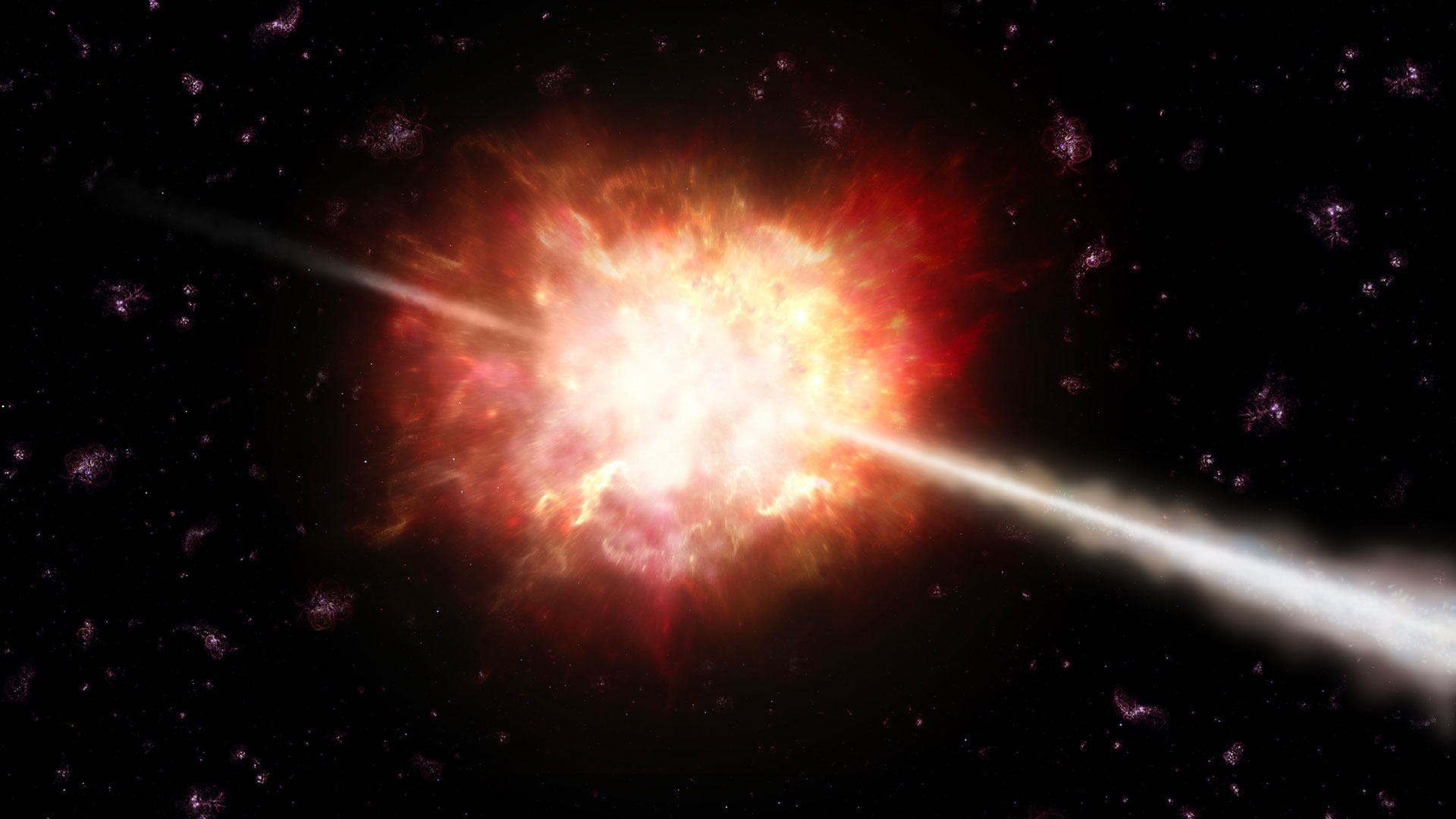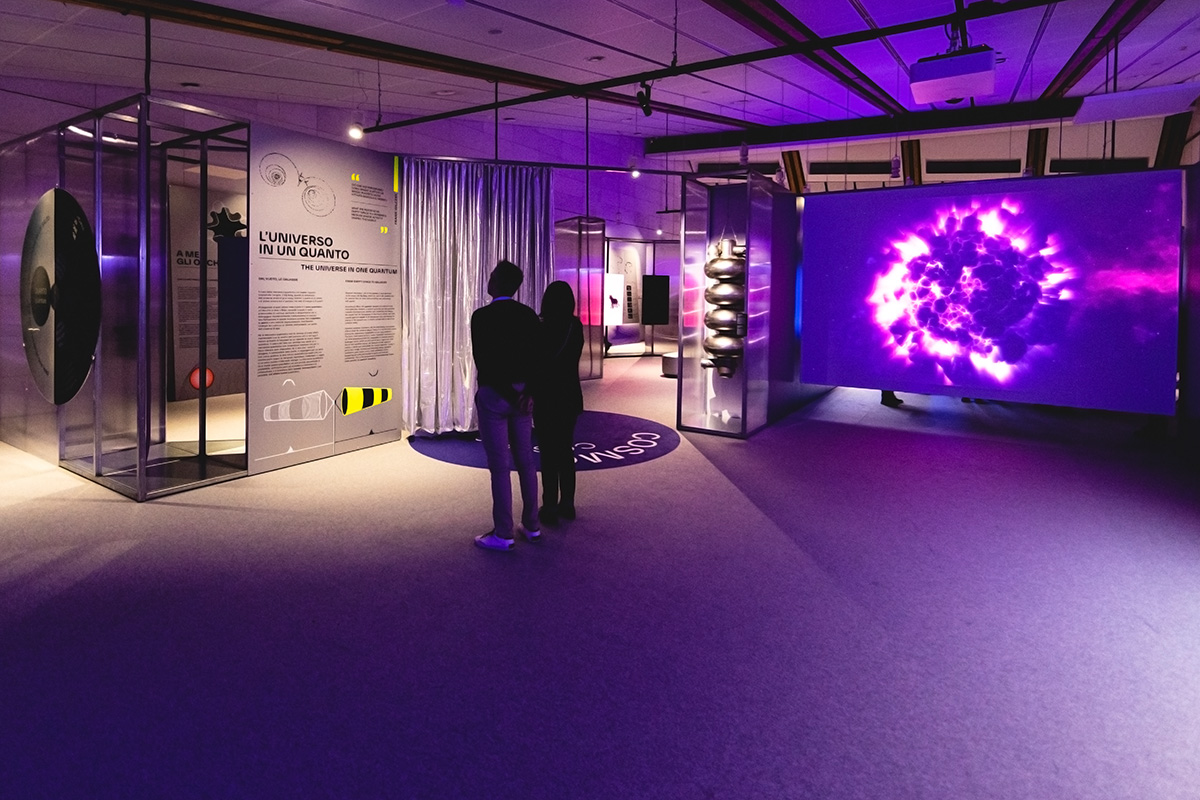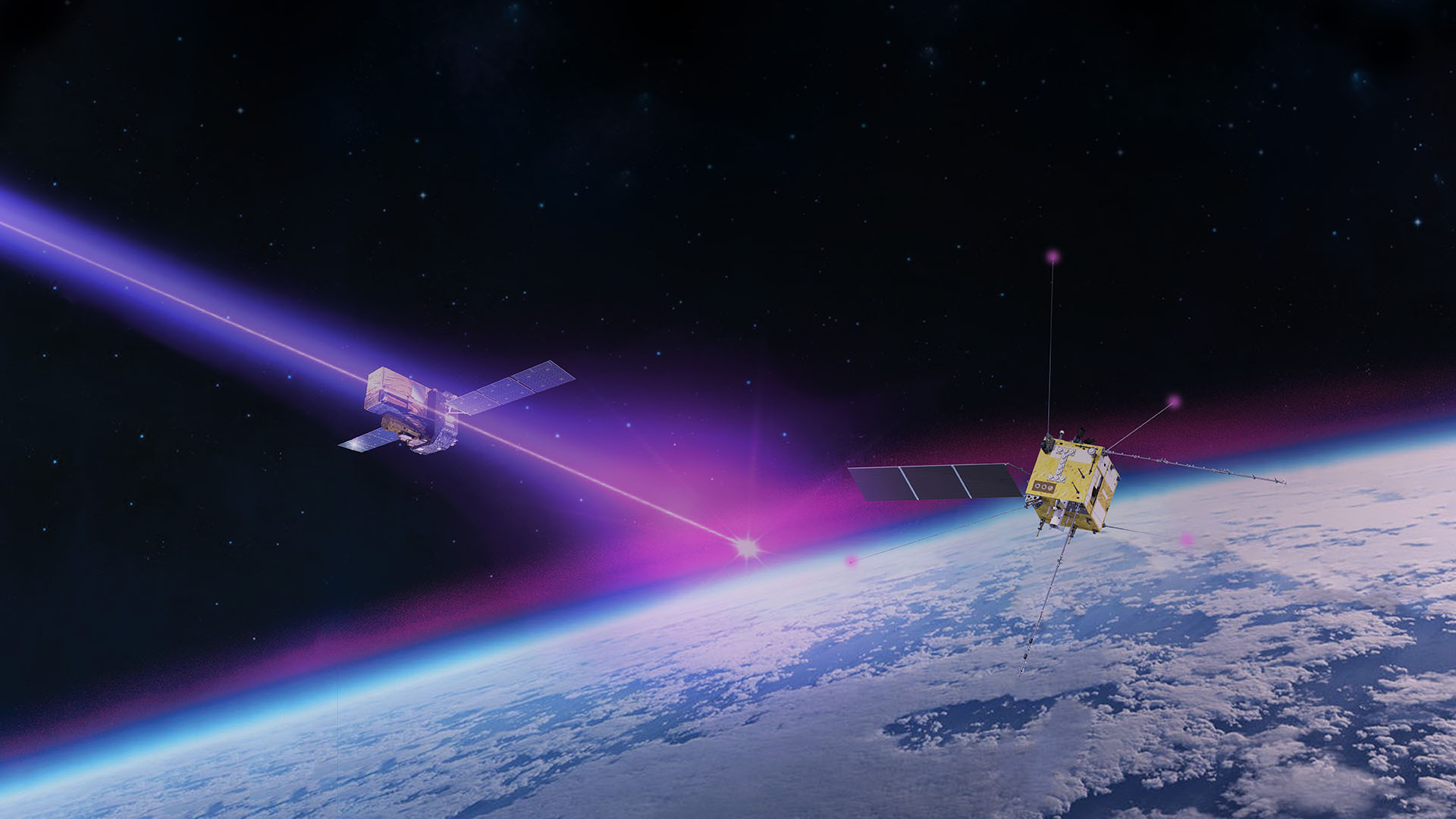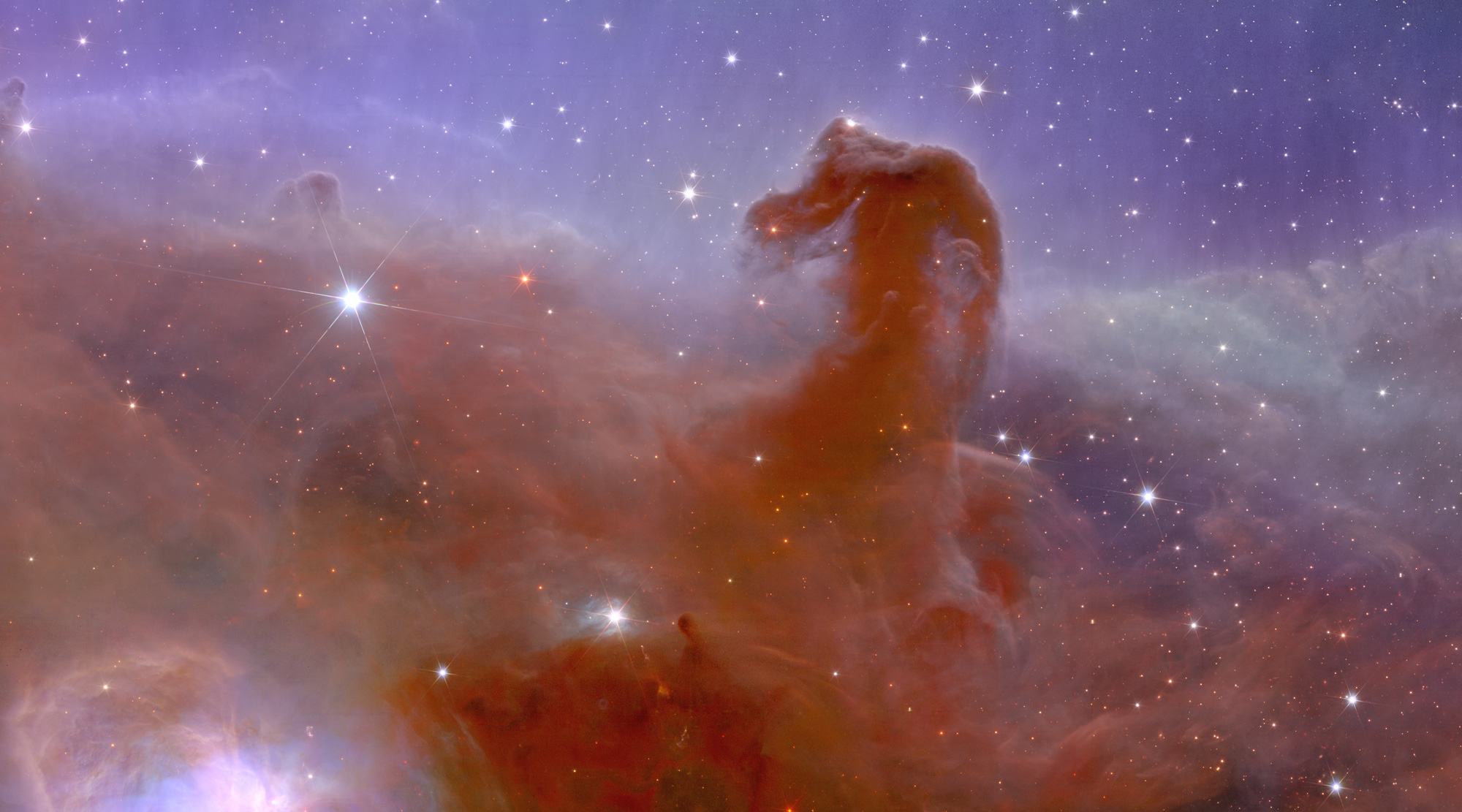
Pulsars, rapidly rotating neutron stars, emit a wind of high-energy particles, permeated by magnetic fields, which can collide with the gas it encounters along its path. In this collision, synchrotron radiation is produced, literally “lighting up” the nebulae. An investigation of the properties of the light from such a celestial object, the Vela Pulsar Wind Nebula (PWN), observable in the southern sky, shows that it is polarised. This aspect provides important insights into the distribution and geometry of the magnetic fields that characterise the pulsar, and on which the direction of emission of the particle wind responsible for the synchrotron radiation at the origin of the luminosity of the surrounding nebula depends. The result, published on 21 December in the journal Nature, was achieved by the international collaboration of the Imaging X-ray Polarimetry Explorer (IXPE) experiment, a satellite, the result of a collaboration between NASA and ASI (Italian Space Agency), equipped with innovative detectors developed, built and tested by INFN and INAF (National Institute for Astrophysics). IXPE detected that the magnetic fields of Vela PWN are well aligned with the X-ray image of the nebula. These fields form doughnut-shaped structures (called tori) surrounding the pulsar’s equator, and emission jets from the pulsar’s poles. But the surprising new aspect detected by IXPE is the very high degree of polarisation, exceeding 60% in multiple regions: this is the highest degree of polarisation ever measured in a celestial source in X-rays, and a value close to the maximum value allowed by the synchrotron emission physics.
Now IXPE is continuing its X-ray observation of the sky, probing deep into the magnetic field structures of various celestial sources in order to provide new insights into the extreme physics of these very powerful cosmic particle accelerators.





